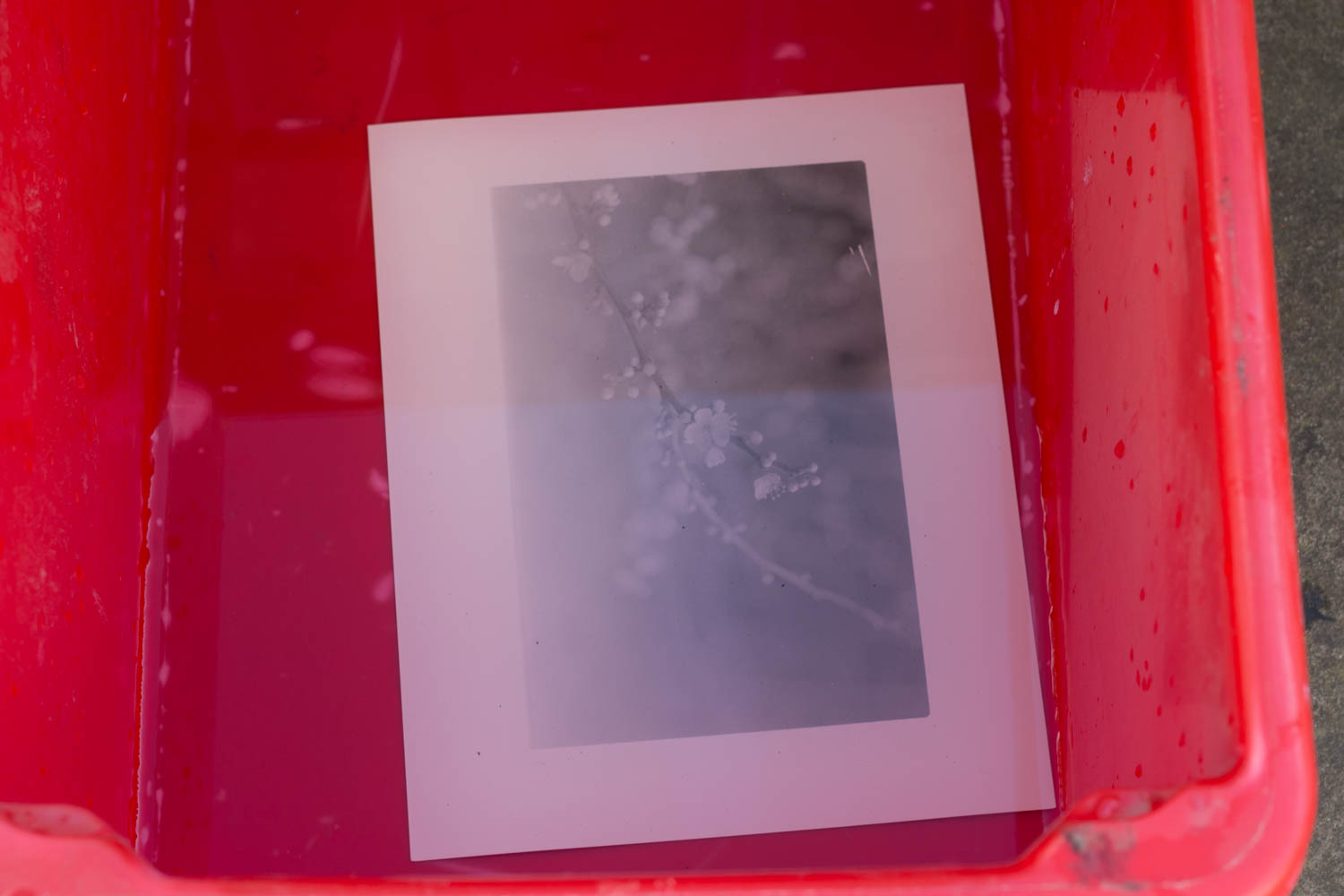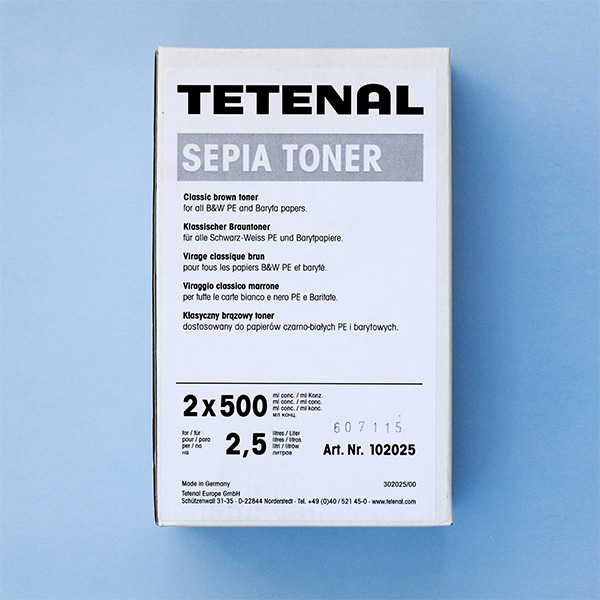Asha
Blithering Idiot
- Messages
- 11,274
- Name
- Asha
- Edit My Images
- Yes
I’ve had a request to make a print for someone but with a slight sepia tone added.
Now I don’t have any toner , however I do have tea bags!
A completely new darkroom process for me though I understand that organic materials such as tea, coffee or even red wine can be used although they give nothing more than a staining of the photograph and as such offer no archival benefits.
Is there anything I should know before I have a play?
Probably a dumb question , but is there a way to maintain the borders of the photograph white whilst toning the image or am I expecting the impossible?
Now I don’t have any toner , however I do have tea bags!
A completely new darkroom process for me though I understand that organic materials such as tea, coffee or even red wine can be used although they give nothing more than a staining of the photograph and as such offer no archival benefits.
Is there anything I should know before I have a play?
Probably a dumb question , but is there a way to maintain the borders of the photograph white whilst toning the image or am I expecting the impossible?






